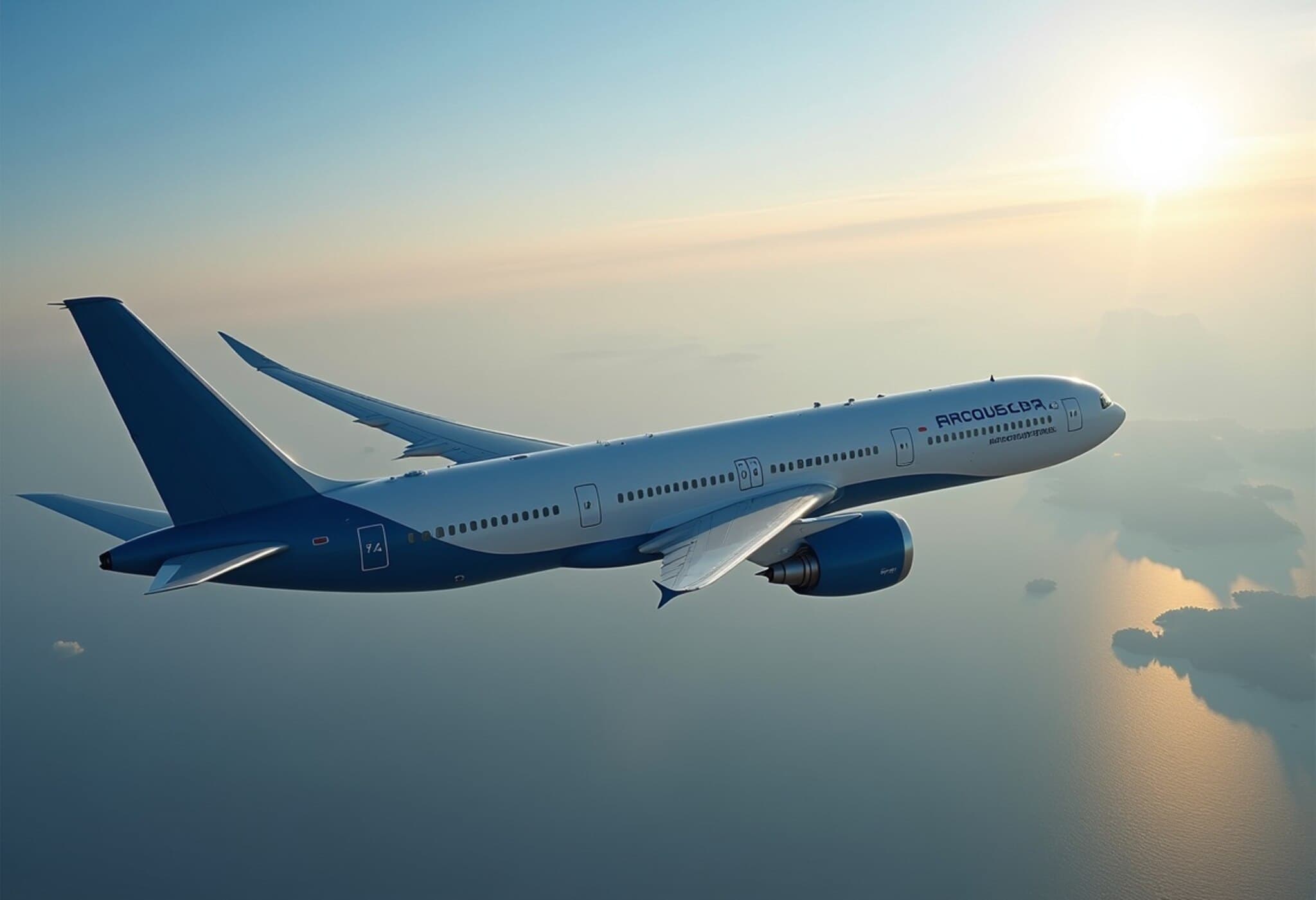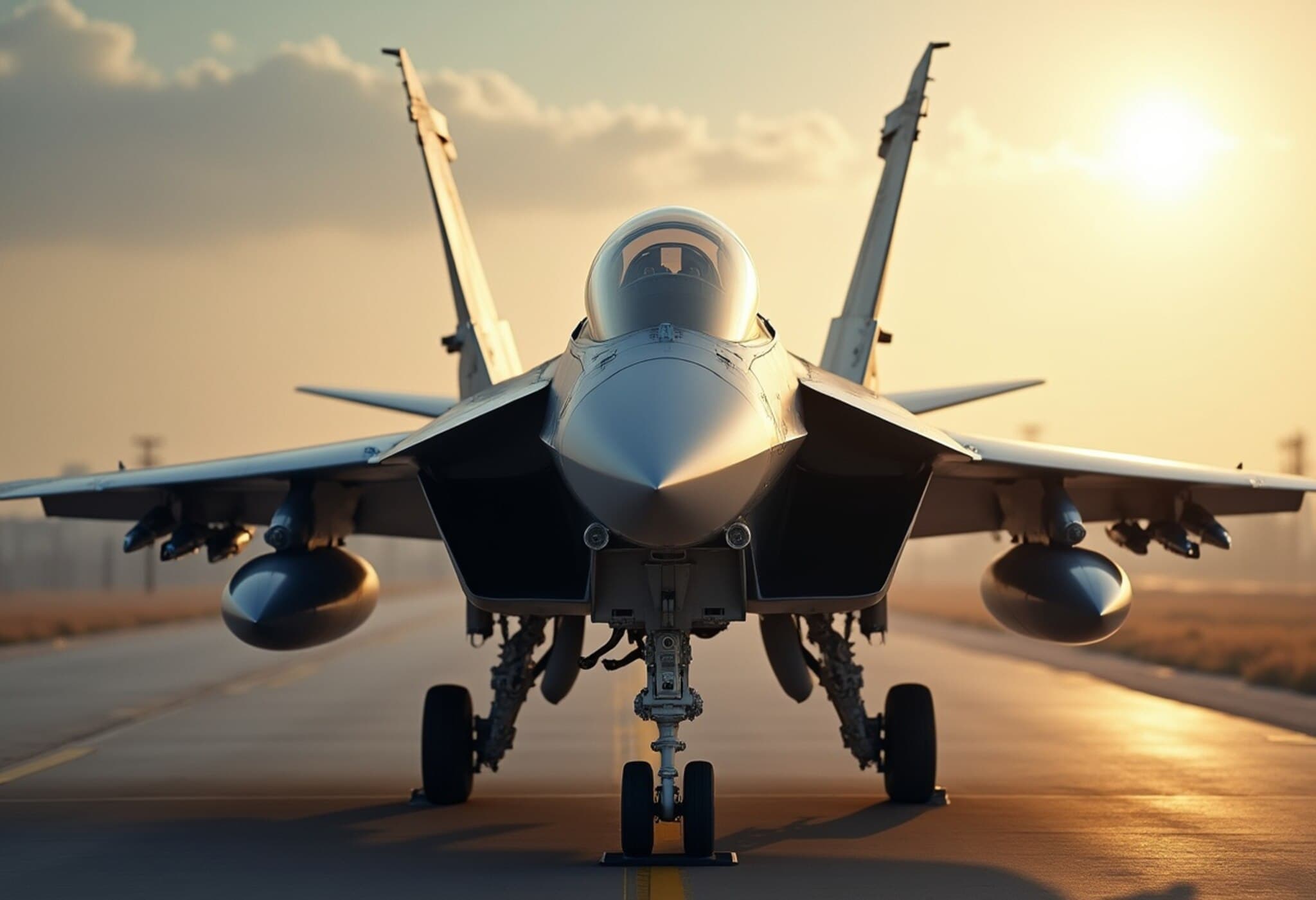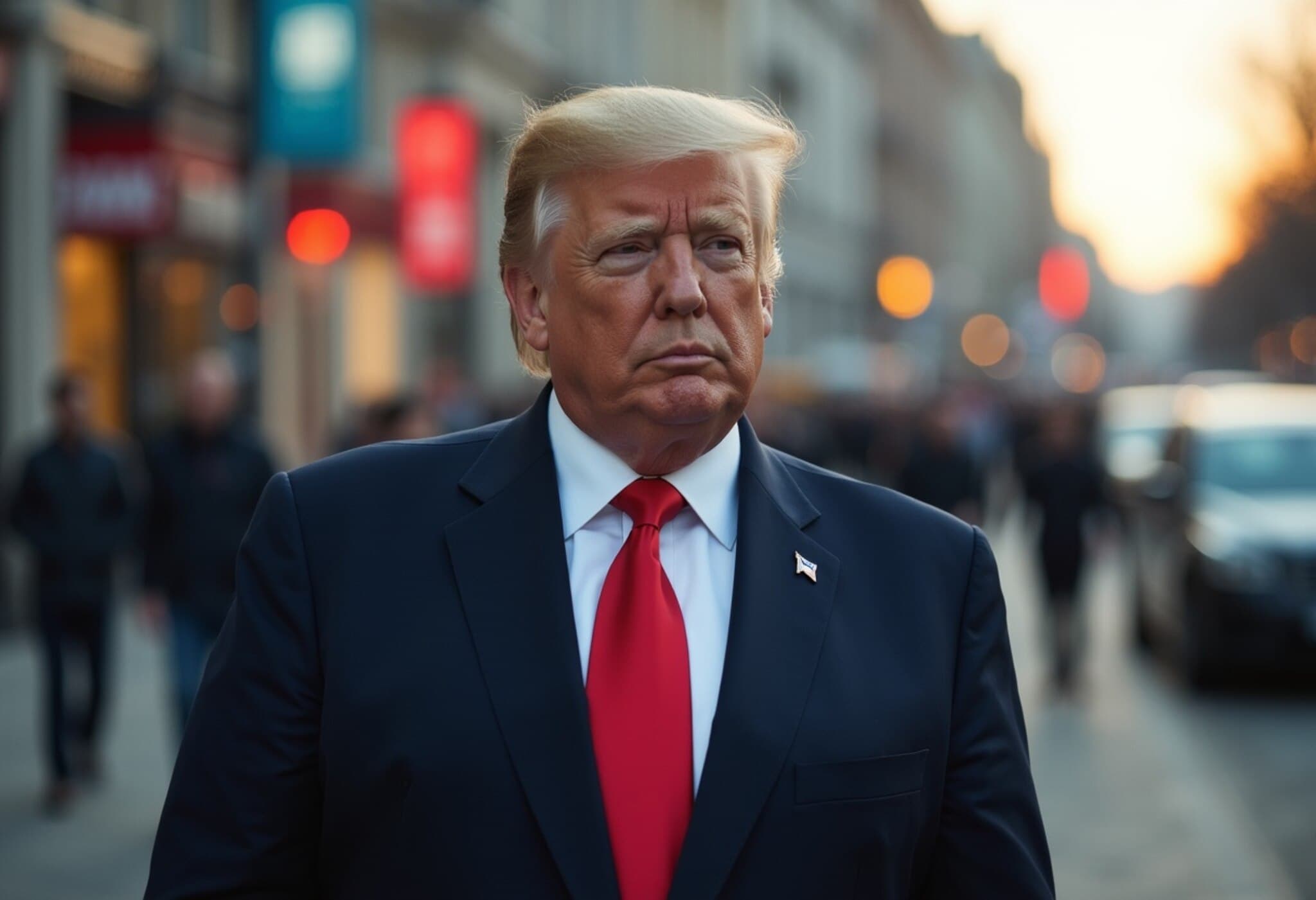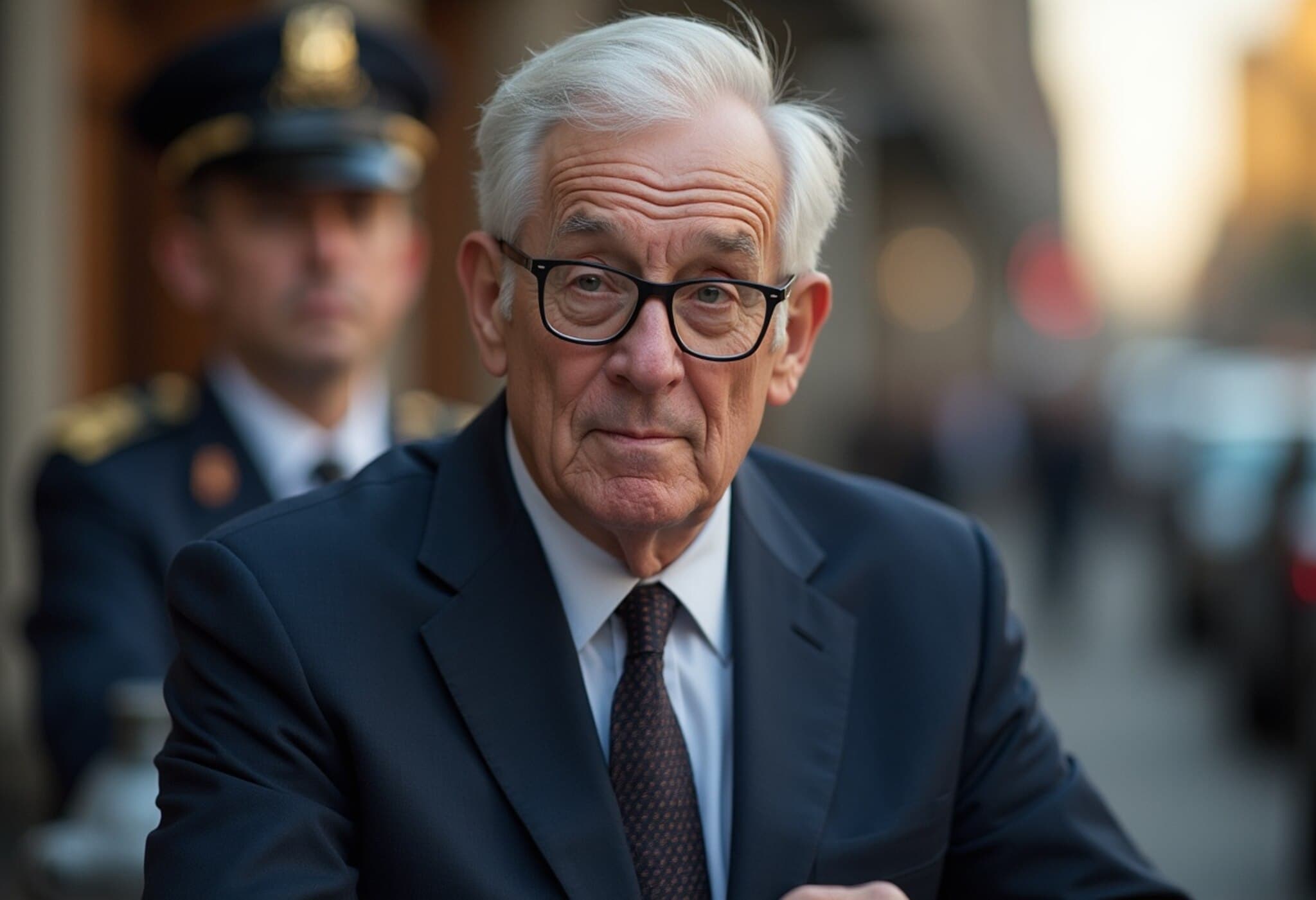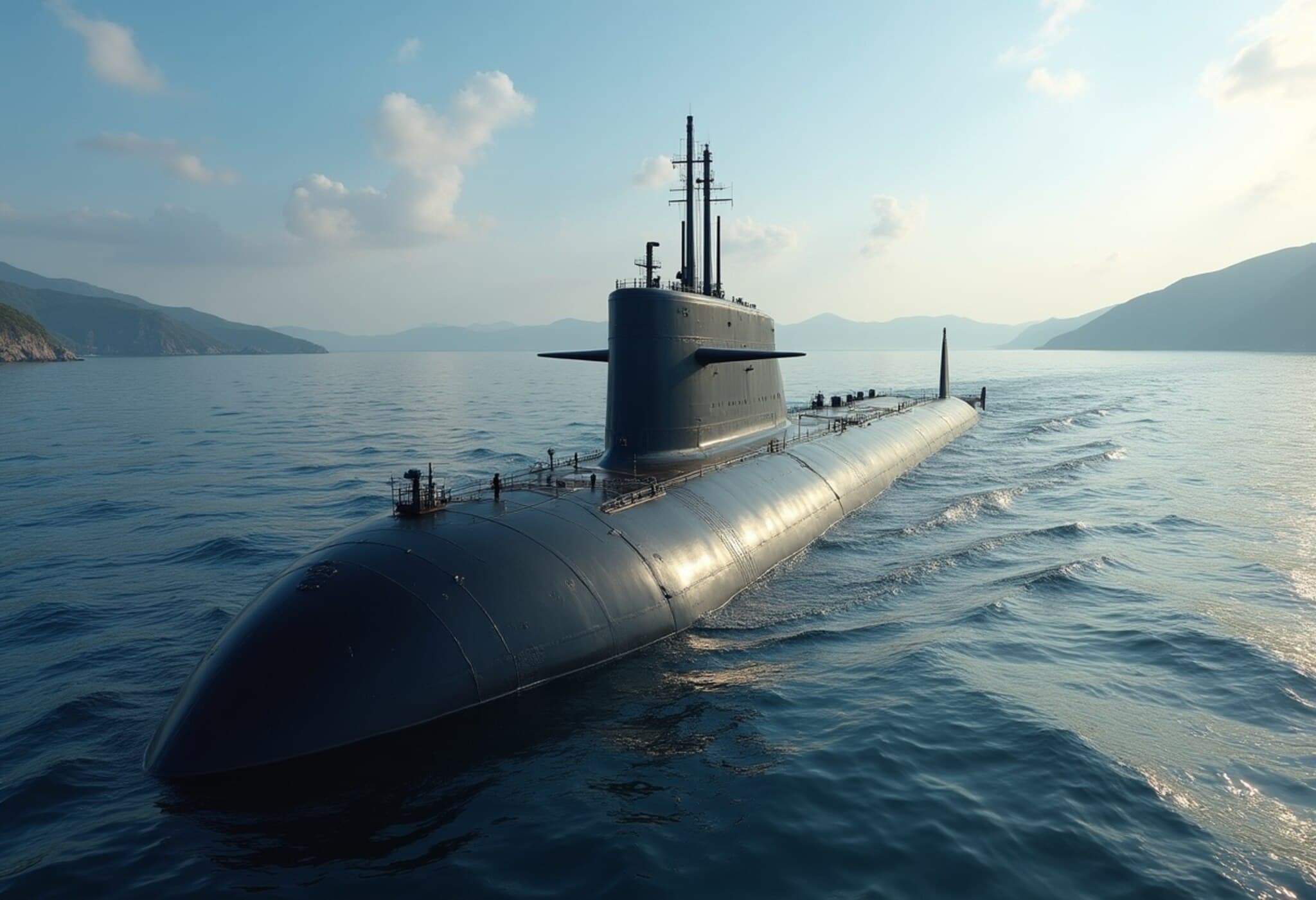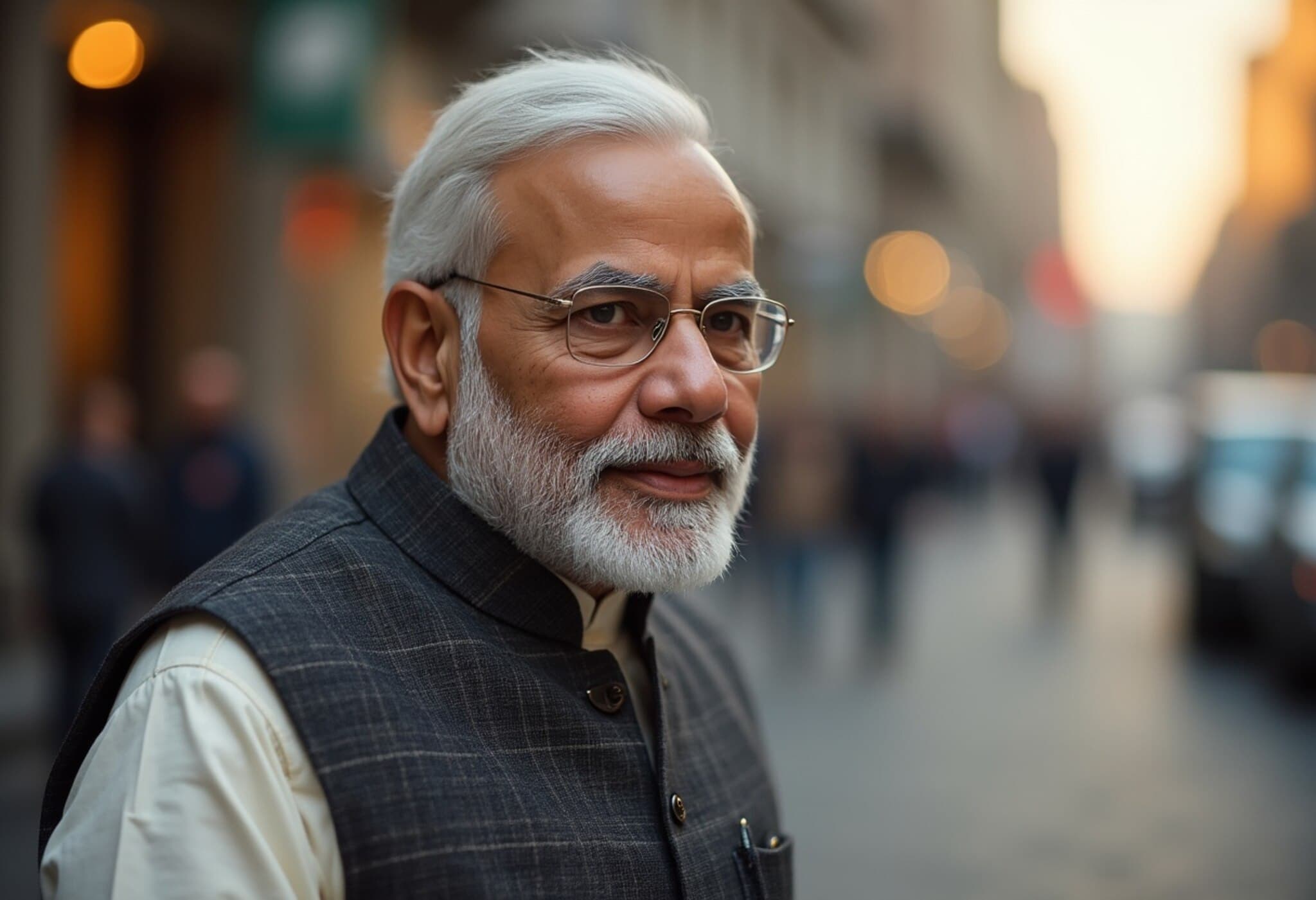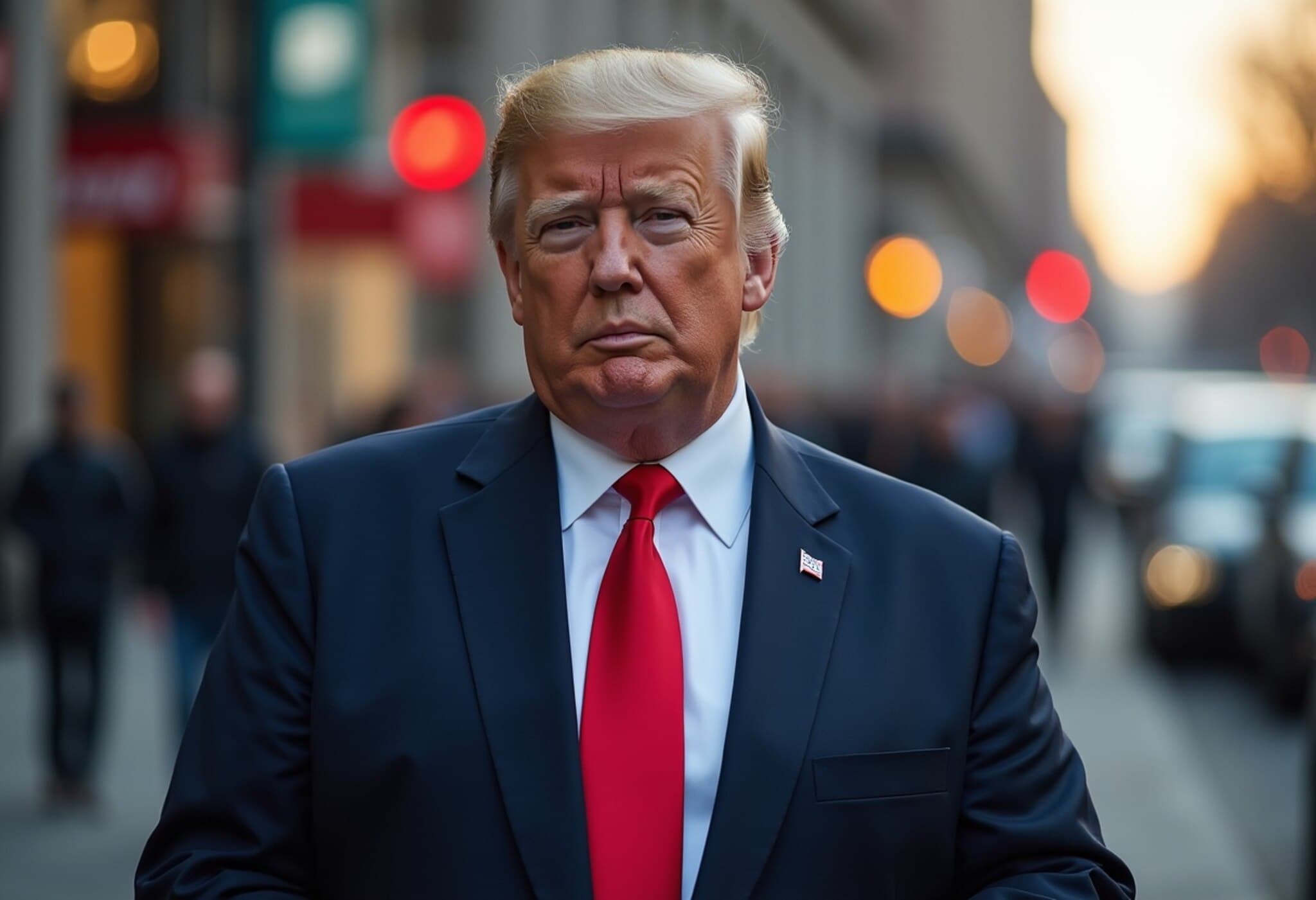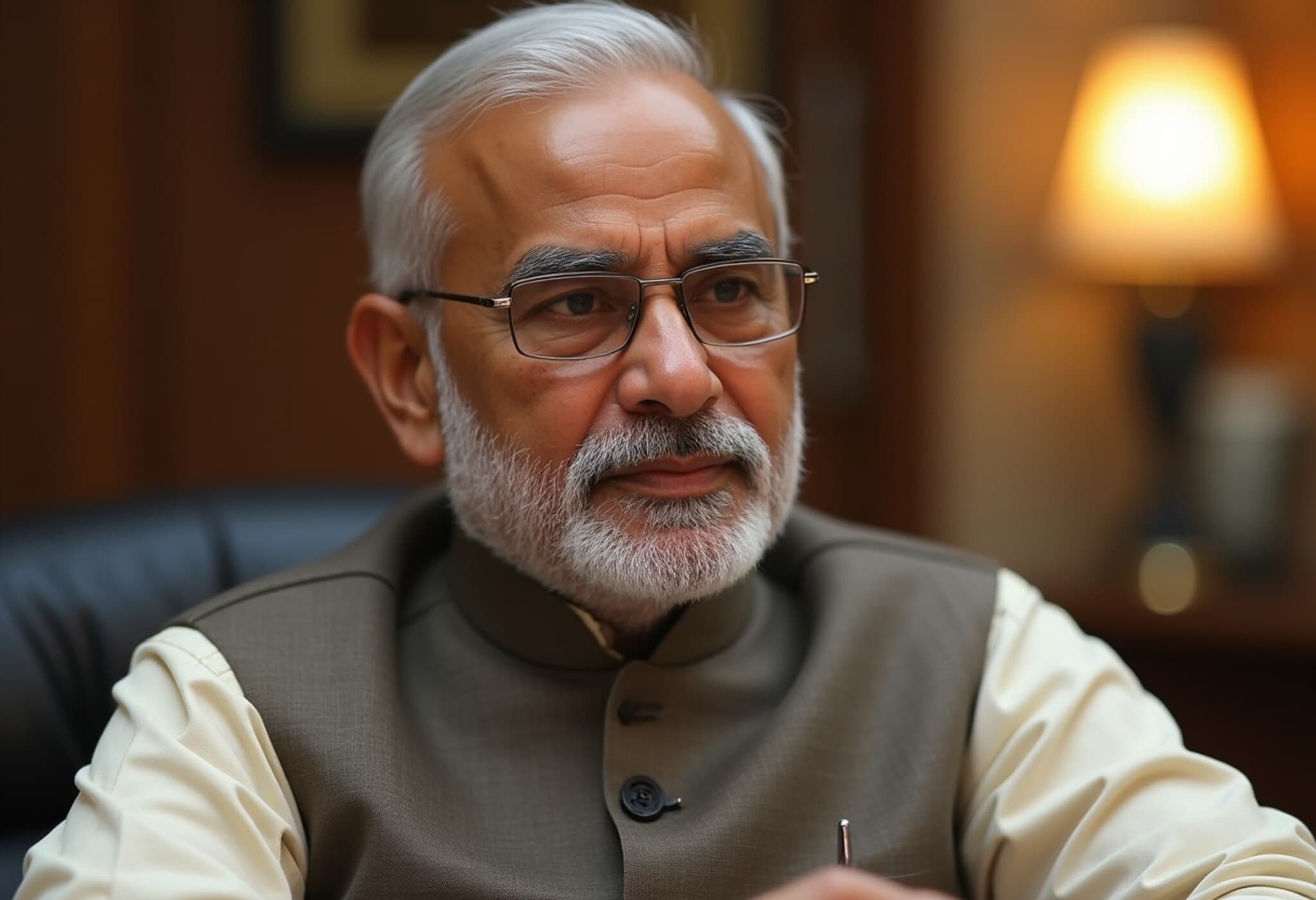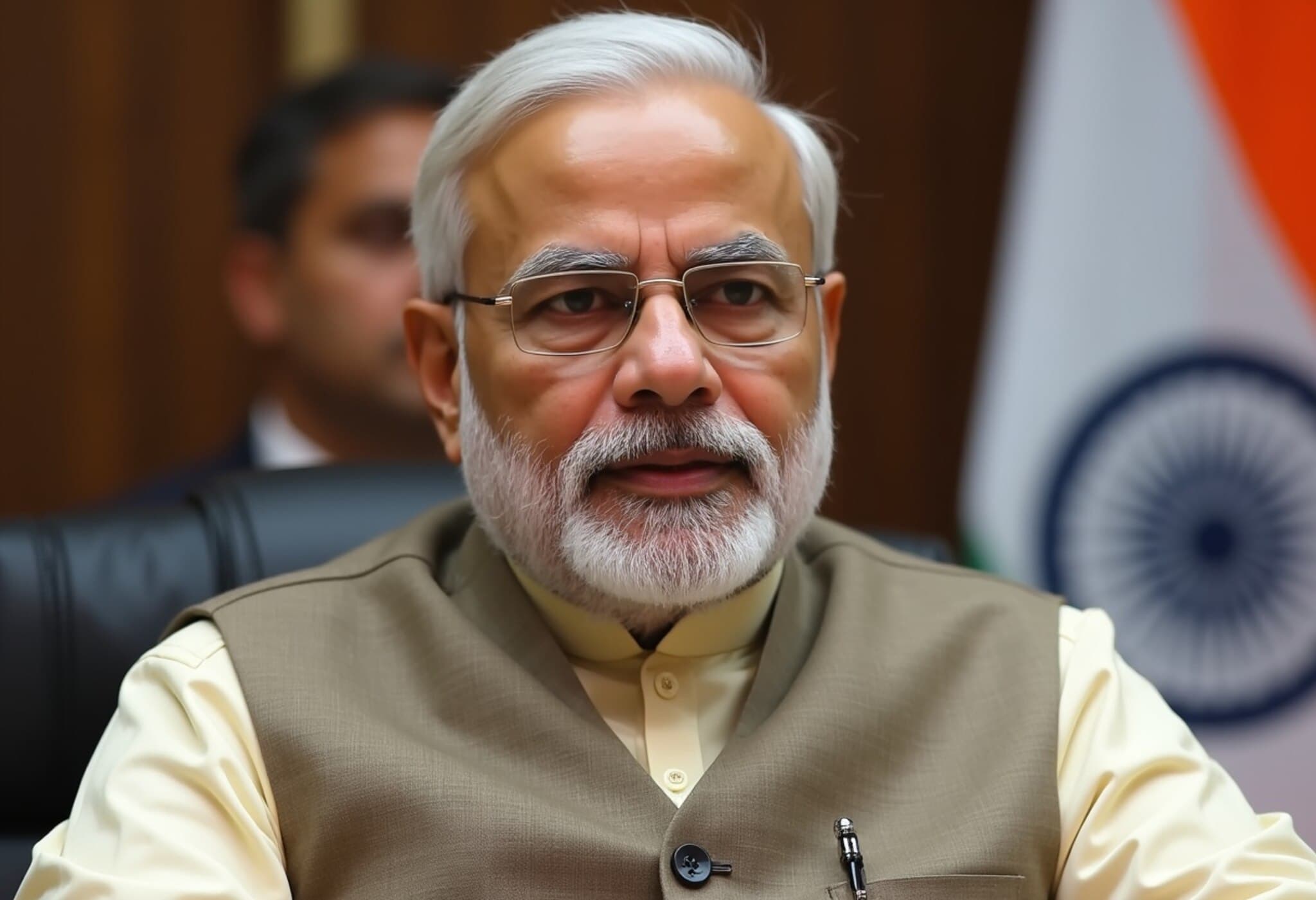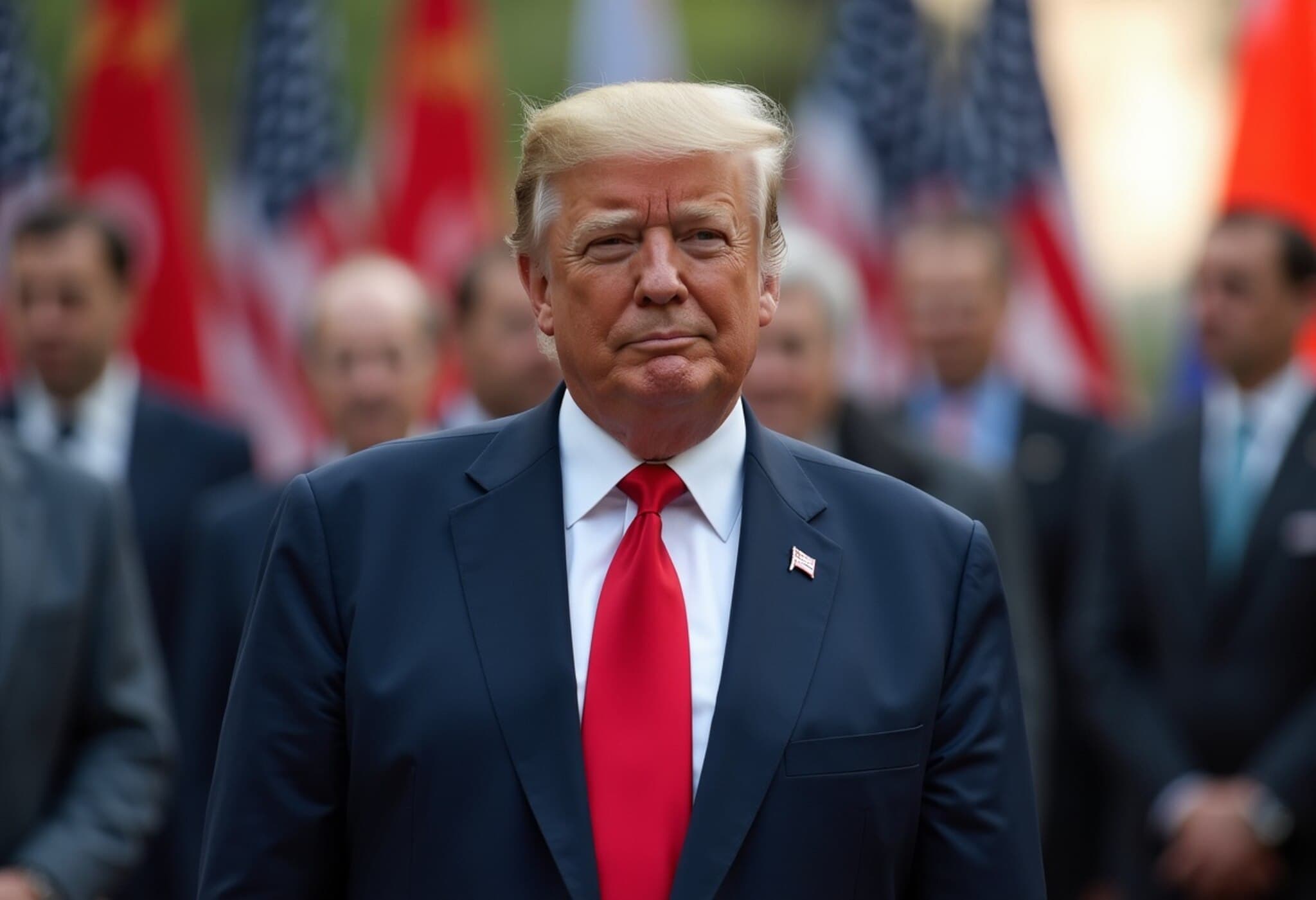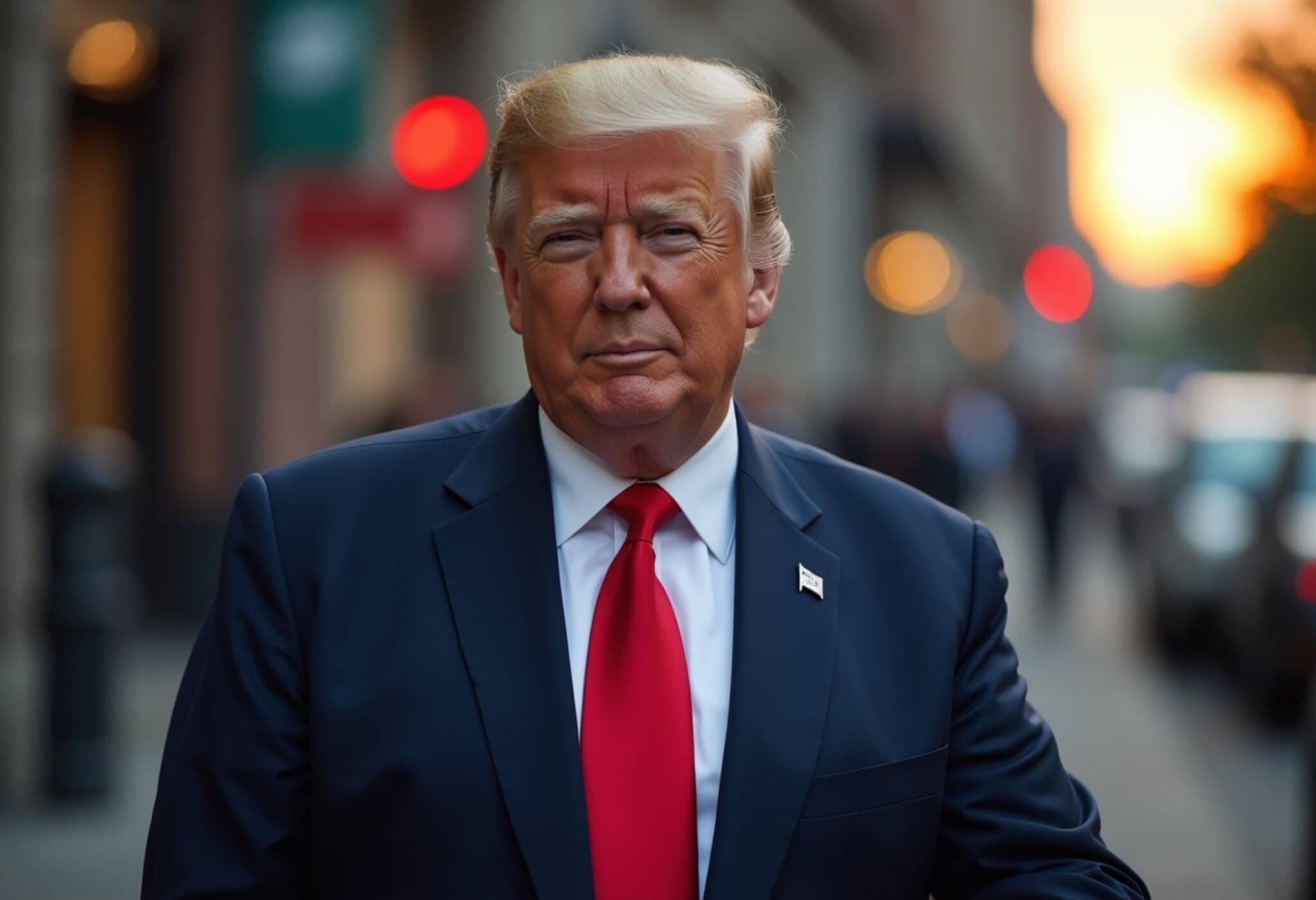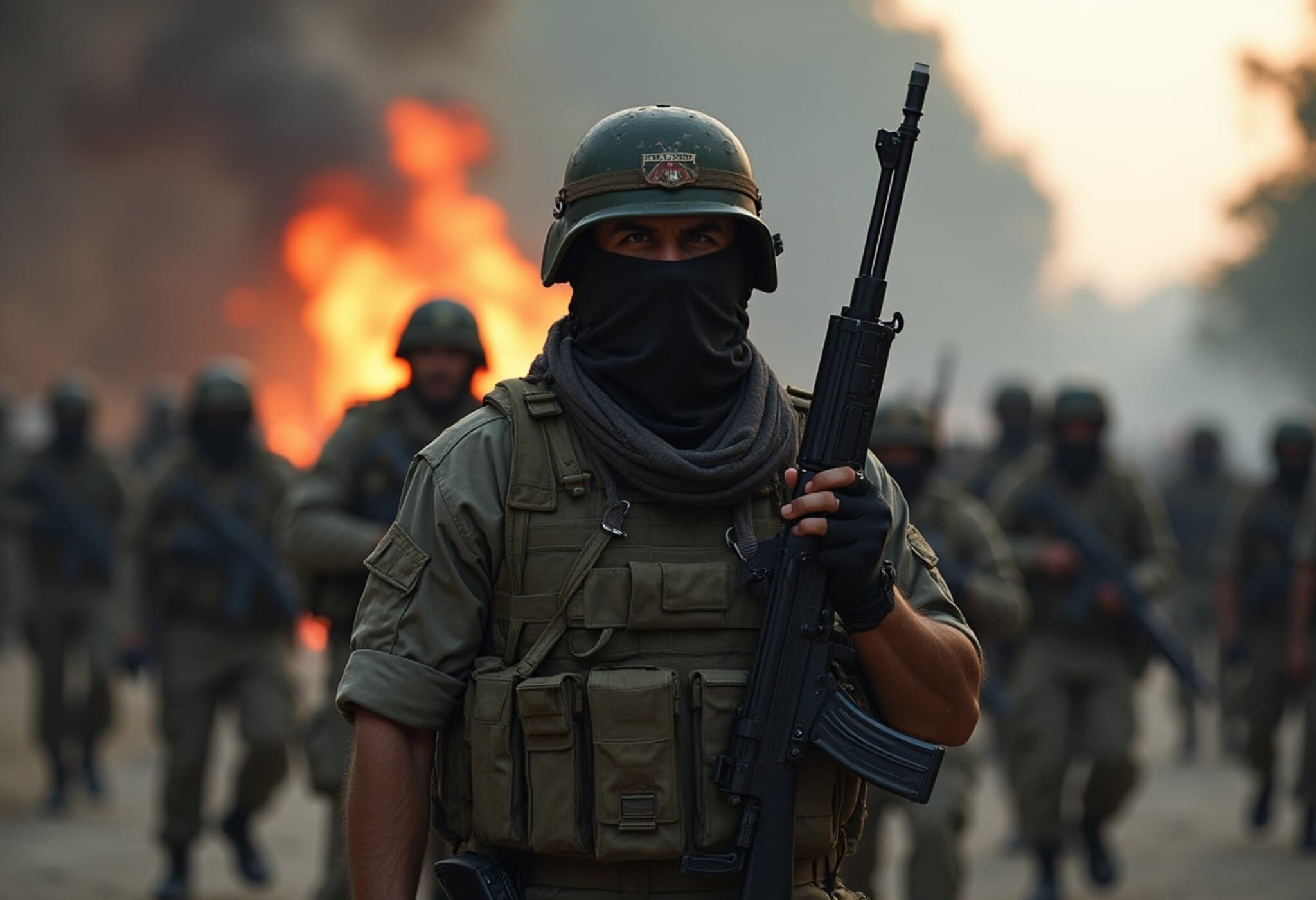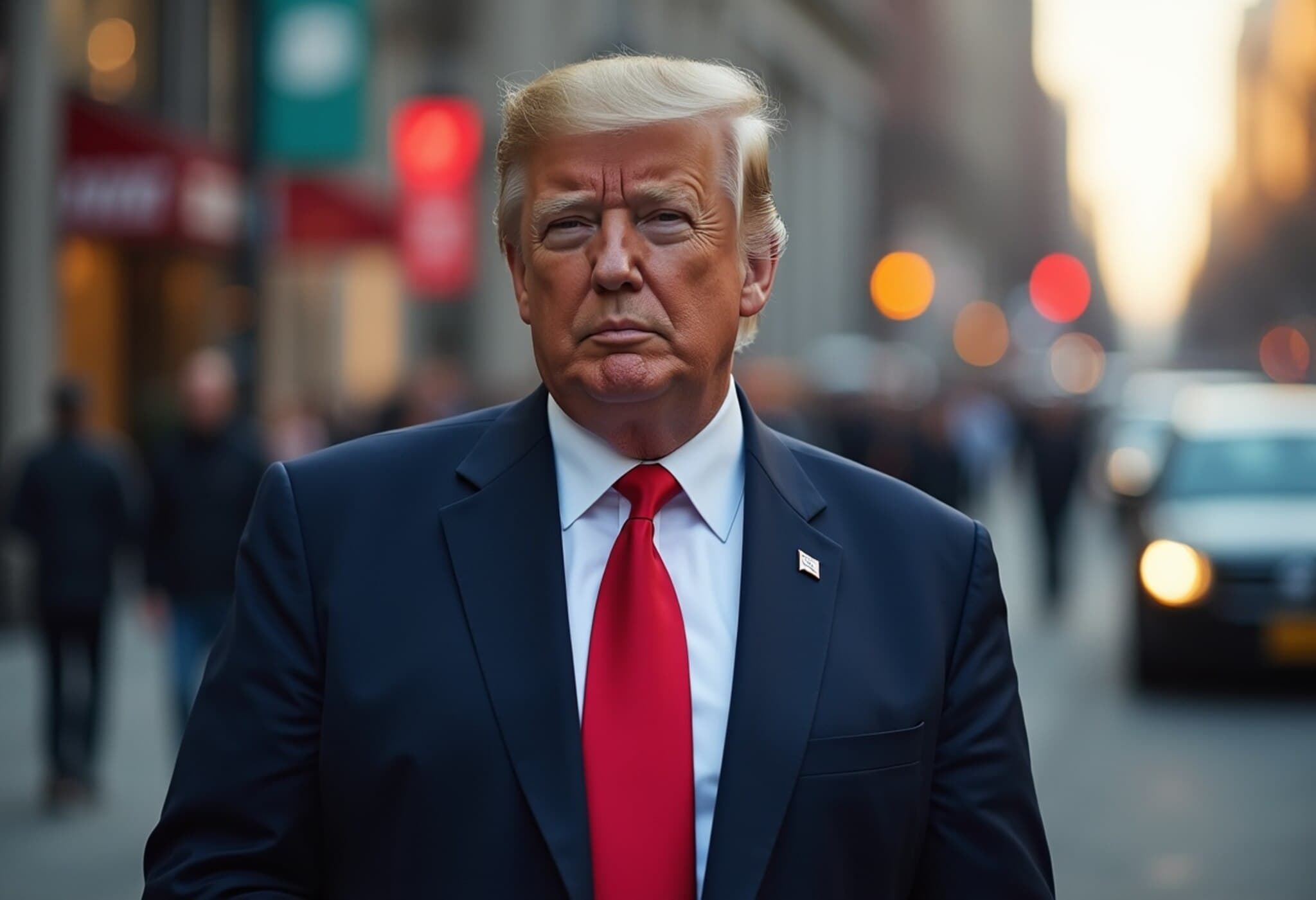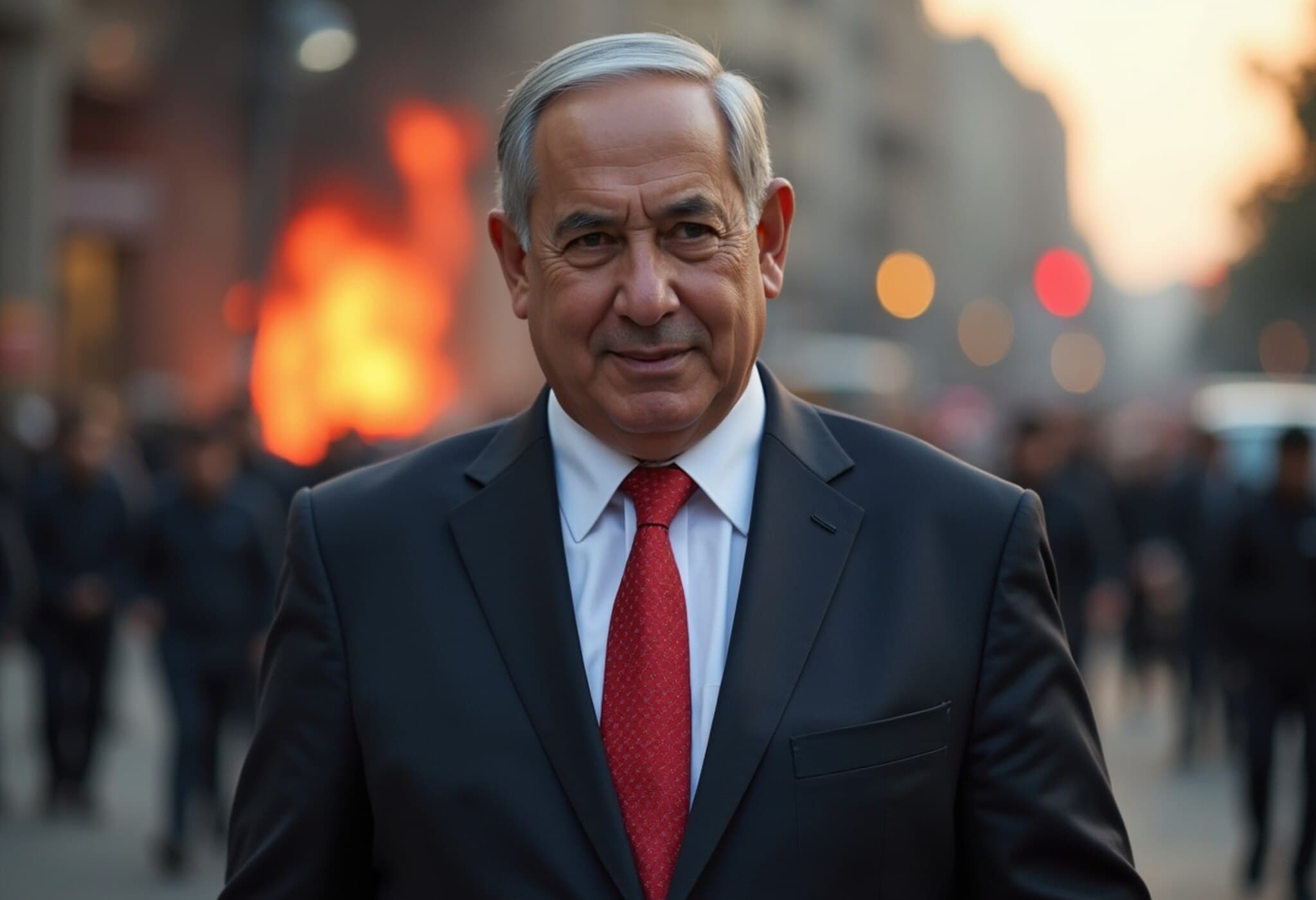India Suspends $3.6 Billion Boeing Aircraft Deal Amid Tariff Dispute with US
In a significant development underscoring growing trade tensions between India and the United States, New Delhi has reportedly paused a high-value $3.6 billion procurement deal with Boeing. The move comes in the wake of dramatic tariff hikes imposed by the US administration, which have sharply increased the costs associated with the deal.
Background: Boeing Deal and Tariff Escalation
The original agreement, greenlit by the US State Department in 2021, entailed India purchasing six additional Boeing P-8I maritime patrol aircraft for approximately $2.42 billion. However, the contract's value swelled over time due to global supply chain disruptions, inflationary pressures, and notably, the US government's decision to raise tariffs on Indian goods by nearly 50%. This sudden cost escalation has reportedly forced Indian defense authorities to reassess the viability of continuing with the purchase.
Expert Insights: Strategic and Economic Implications
Defense insiders reveal that Boeing has been burdened with significantly higher component costs, which it has passed on to purchasers like India. This ripple effect illustrates the complex interdependencies in global defense supply chains, where trade policy shifts create cascading impacts.
Experts in US-India economic relations point out that this incident highlights a broader challenge: balancing strategic partnerships against protective economic policies. India, keen on maintaining its defense modernization drive without compromising fiscal prudence, now faces a dilemma intensified by geopolitical factors.
What This Means for India’s Defense Strategy
The Indian Ministry of Defence is currently undertaking a comprehensive strategic review, considering not just rising costs but also evolving geopolitical dynamics and India's pursuit of strategic autonomy. The reassessment suggests New Delhi is weighing the long-term benefits of continuing collaboration with American defense manufacturers against potential vulnerabilities introduced by tariff-induced price hikes.
Parallel Developments: Air India’s Fleet Retrofit Program
Amid these trade tensions, Air India is advancing plans to retrofit its fleet of Boeing 787 Dreamliners. The airline operates 33 Dreamliners, split between 26 Boeing 787-8s and 7 Boeing 787-9s. The retrofit aims to upgrade cabin configurations to a three-class layout, featuring 20 Business Class, 25 Premium Economy, and 205 Economy seats per aircraft.
Sources close to the matter indicate that the first revamped aircraft will rejoin the fleet by year-end, serving as a benchmark for successive retrofits, with an expected rate of two planes per month undergoing upgrades. This initiative underscores India’s continued operational reliance on Boeing aircraft despite current contractual freezes.
Broader Context: Tariffs and Trade Relations
The tariff hike imposed by the US administration, initially justified as a measure to protect domestic industries, has inadvertently introduced friction in the strategic bilateral ties with India. While both nations are key partners in the Indo-Pacific security landscape, economic disputes risk overshadowing defense collaborations that have grown over decades.
Policy analysts suggest that this scenario could prompt India to diversify its defense procurement, exploring alternatives beyond the US to mitigate future risks associated with geopolitical or economic policy shifts.
Conclusion
India’s decision to pause a multi-billion-dollar Boeing aircraft deal amidst soaring US tariffs reflects the intricate entanglement of trade policies and defense strategies. As New Delhi re-evaluates the path forward, balancing economic costs against strategic imperatives, the episode raises critical questions about the future of US-India defense cooperation and the challenges of maintaining strong alliances in a volatile global economic climate.
Editor's Note
This unfolding story exemplifies the complexities at the crossroads of international trade and national security. Readers are encouraged to consider how tariff policies — often viewed through an economic lens — can ripple across defense agreements and geopolitical partnerships. Will India’s pause signal a longer-term pivot in defense sourcing? And how might this affect the broader US-India partnership amid shifting global power dynamics? These are vital questions that merit ongoing attention as the balance between economic nationalism and strategic cooperation is continually recalibrated.

